How people discover new products
The seven places we learn about new stuff
👋 Hello, I’m Lenny, and welcome to this month’s ✨ free edition ✨ of my newsletter. Each week I humbly tackle reader questions about product, growth, working with humans, and anything else that’s stressing you out at the office.
To get these emails weekly don’t forget to subscribe 👇
Q: I’m thinking about my growth strategy, and I know the obvious ways to grow, like Facebook ads and SEO, but what else should I be thinking about when it comes to building awareness for my product? What are all the ways people discover new products?
I love this question. How do people become aware of new products? I posit that there are seven ways:
Friends or colleagues (e.g., an invite)
While browsing online, organically (e.g., SEO)
While browsing online and seeing a promotion (e.g., FB ads)
While out and about, organically (e.g., store shelf)
While out and about and seeing a promotion (e.g., billboard)
While at home, seeing a promotion (e.g., direct mail)
Someone reaching out to you (e.g., sales)
To help you develop your strategy and inspire your thinking, below I’ll explore each of these seven channels, with examples, suggestions, and advice as to which channel is right for you.
Let’s get into it!
How people learn about new products
1. Friends or colleagues tell you about it
The oldest growth channel in the book—friends or colleagues telling you about something they’ve discovered and love. This can happen at a party, at your home, at the office, over email, etc. Generally, this is free and very organic (e.g., “I LOVE my new spatula, check it out!”), but it can also be incentivized through a referral program or even an MLM program. This is by far the cheapest and best way to grow if you can pull it off.
In a previous post I covered this topic in depth, including a look which products grew primarily through this channel:
You should invest in this channel if:
Your product is innately better with friends or colleagues (e.g., Snapchat, Slack)
Your product is innately fun to share (e.g., travel photos, homes for sale, crime nearby)
Your product is remarkable—something worth remarking about.
Most products do not grow this way (and it’s nearly impossible to layer on if the product isn’t naturally suited for this), so don’t be sad if you can’t make this work.
2. You come across it organically while browsing online
The next best (a.k.a. cheapest) way to learn of new products is to see people on the internet (organically) talking about them.
This includes seeing social media posts, press, influencers organically sharing something, comments in a forum, Wirecutter articles, and organic search results, etc.
Products that grew primarily through this channel include Clubhouse (people on Twitter talking about it), e.l.f. Cosmetics (TikTok influencers raving about it), Zillow (press articles), Animal Crossing (people on Facebook posting about it).
For example, here’s a case study of how e.l.f. used TikTok to get a ton of attention:
Similar to the first bucket, it’s worth betting organic traffic if:
Your product is remarkable—people are naturally excited to talk about and share it (e.g., Instapot)
People are already looking for your product—Googling “best CRM” or “best credit card”
Your product or company makes for a good story—one that reporters would want to cover, for example
3. You come across a promotion while browsing online
Companies like Wish, Casper, Calm, Blue Apron, and Hims grew primarily through this channel—ads (e.g., Facebook, Google, Twitter, YouTube), paid influencers, affiliate programs, and channel partners. Some examples:
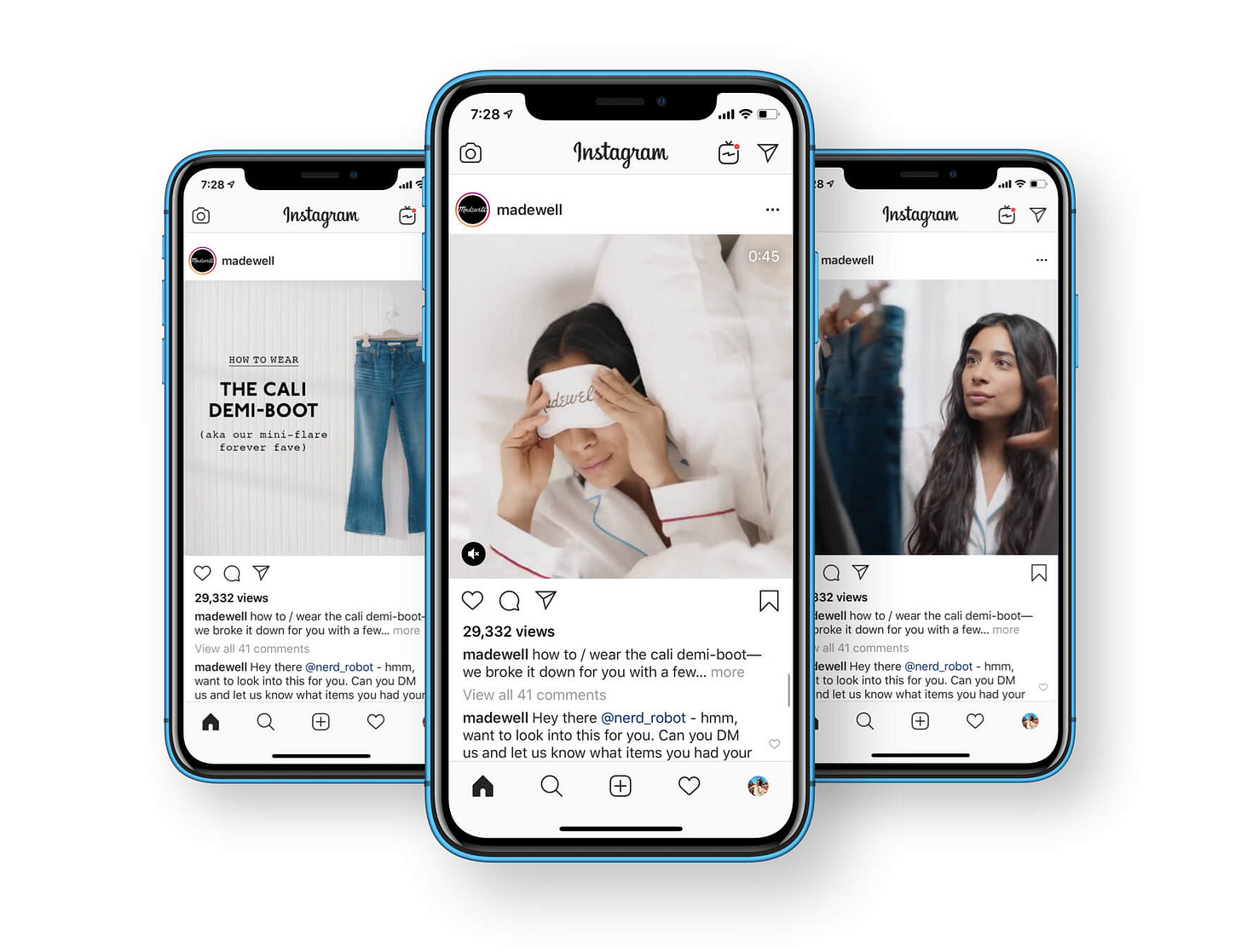

As I covered in a previous post, this channel is most effective if:
Customers aren’t naturally looking for your product (e.g., Impact Gum), and thus you have to come to them
You generate revenue directly from new users (e.g., purchasing a product, subscribing to a service), which you can then use to fund more ads (e.g., for jeans)
4. You come across it organically while you’re out and about
Many new products are discovered by people simply happening upon them while being out and about in the world—noticing a new cereal on the shelf, seeing a Tesla drive by, peeping a Peloton sitting in a friend’s home.

Most CPG products grow through this channel (i.e., shelf placement), as do retailers (i.e. foot traffic), and some consumer electronics (e.g., those white iPod headphone people used to wear). This is an effective growth channel for physical products that:
Look great
Are prevalent
Are impulse purchases
5. You come across a promotion while you’re out and about
This is the classic “out-of-home” (OOH) marketing channel: billboards, bus ads, taxi ads, backs of trucks, flyers, etc. You pay to get your advertisement in front of people who spend time around a certain location in the world.
This is traditionally a hard channel to measure a return on investment in, but can build a massive brand moat if done well (e.g., Nike, Apple, and Coke). It’s also a powerful tactic to get the attention of a certain audience in a specific location, such as Brex heavily leveraging billboards and bus stops in SF to get the attention of founders:
This channel is best suited to:
Companies that need to build strong brands
Products that sell to a broad mainstream audience
Companies looking to make a splash
6. You come across a promotion while at home
When you think of in-home advertising, you probably think of TV ads, but there’s so much more: direct mail, ads on the packaging itself, flyers inside packaging, radio ads, podcast ads, newspaper and magazine ads. A few examples:
Direct mail particularly has become a staple of DTC product growth strategies, and podcast and newsletter ads have been an increasingly popular way to get in front of new customers.
This channel is best suited to:
Companies that sell a subscription, or high average order value (AOV), products that can sustain the cost of this type of advertising
Companies that can get a lot of value out of targeting geos
Companies that can get creative with how they use the platforms (e.g., Geico)
DTC brands
7. Someone reaches out to you to tell you about it
Finally, there’s outbound sales—someone coming to you to tell you about their product. This can be over the phone, email, DM, LinkedIn message, or door-to-door.

Large enterprise companies grow primarily through this channel (e.g., Oracle, Workday, and ADP each have outbound sales teams reaching out to people daily), as well as all the telemarketing- and door-to-door-driven businesses like Cutco and a lot of insurance companies. If you’re a founder, I can’t recommend this book on doing sales highly enough.
This channel is best suited to products:
That have high AOVs and high LTV (to support the cost of a sales team)
That require hand-holding to be successful
That are just getting started and looking for their initial customers
That began through bottom-up-driven sales motion and are ready to layer on sales
Where to go next
OK, so there are seven broad channels to get people’s attention. Where should you invest? In addition to the tips I’ve included throughout, I suggest working your way through these five steps:
Step 1: Who are your early adopters? e.g., middle-aged men in the Midwest, new dog owners in cities, HR leaders at growth-stage companies, etc.
Step 2: Where do they spend time? e.g., a certain community, a certain newsletter, certain events, a certain physical location, etc.
Step 3: What’s the quickest way you can get in front of this group? e.g., send them a mailer, DM on LinkedIn, put up a billboard, run FB ads
Step 4: What’s the cheapest way you can get in front of this group? e.g., shelf placement, encouraging existing users to send invites, micro-influencers, etc.
Step 5: How can you stand out when you communicate with this group? What’s remarkable about your product, your story, or your vision? What’s the big problem you’re solving for these people? What’s most surprising about what you offer?
This answer went much further than you likely imagined, but I hope this gives you enough food for thought for developing your GTM strategy. If you have any other suggestions or questions, don’t hesitate to leave a comment.
📚 Further study
Have a fulfilling and productive week 🙏
🔥 Featured job opportunities
Product Management
Postlight: Senior Product Manager (NYC, Remote)
Noyo: VP of Product (Remote)
Polygence: Head of Product (Palo Alto)
Metafy: Principal Product Manager (Remote)
Brex: Senior Product Manager on Growth (Remote)
LawnStarter: Founding Product Manager (Remote)
Immuta: Senior Technical Product Manager (Remote)
6ix: Project Manager (Remote/Toronto)
Growth
Brex: Senior Product Manager on Growth (Remote)
Free Agency: Community Manager (NYC)
Coda: Growth Associate Program (SF)
Engineering
Mage: Front-end engineer (Santa Clara, CA)
Design
Panther: Senior Product Designer (Remote)
Browse all open roles (and add your own) at Lenny’s Job Board.
🧠 Inspiration for the week ahead
Watch: Man uses Tesla coils to play a-ha's Take on me (via Simon)
Read: Elad Gil on getting your metrics (and your story) straight to succeed in SaaS
Watch: The Craft of Writing Effectively by Larry McEnerney
How would you rate this week's newsletter? 🤔
If you’re finding this newsletter valuable, consider sharing it with friends, or subscribing if you haven’t already.
Sincerely,
Lenny 👋



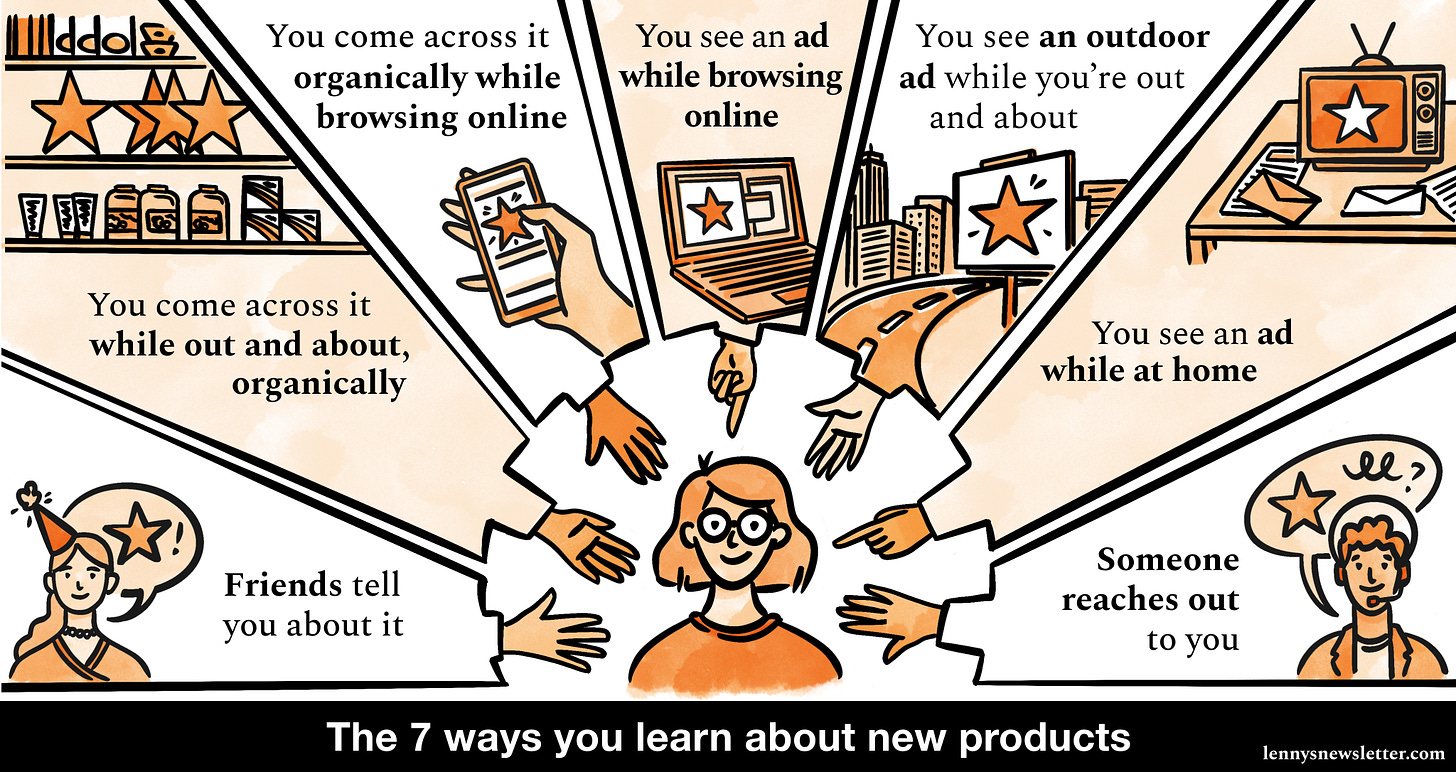
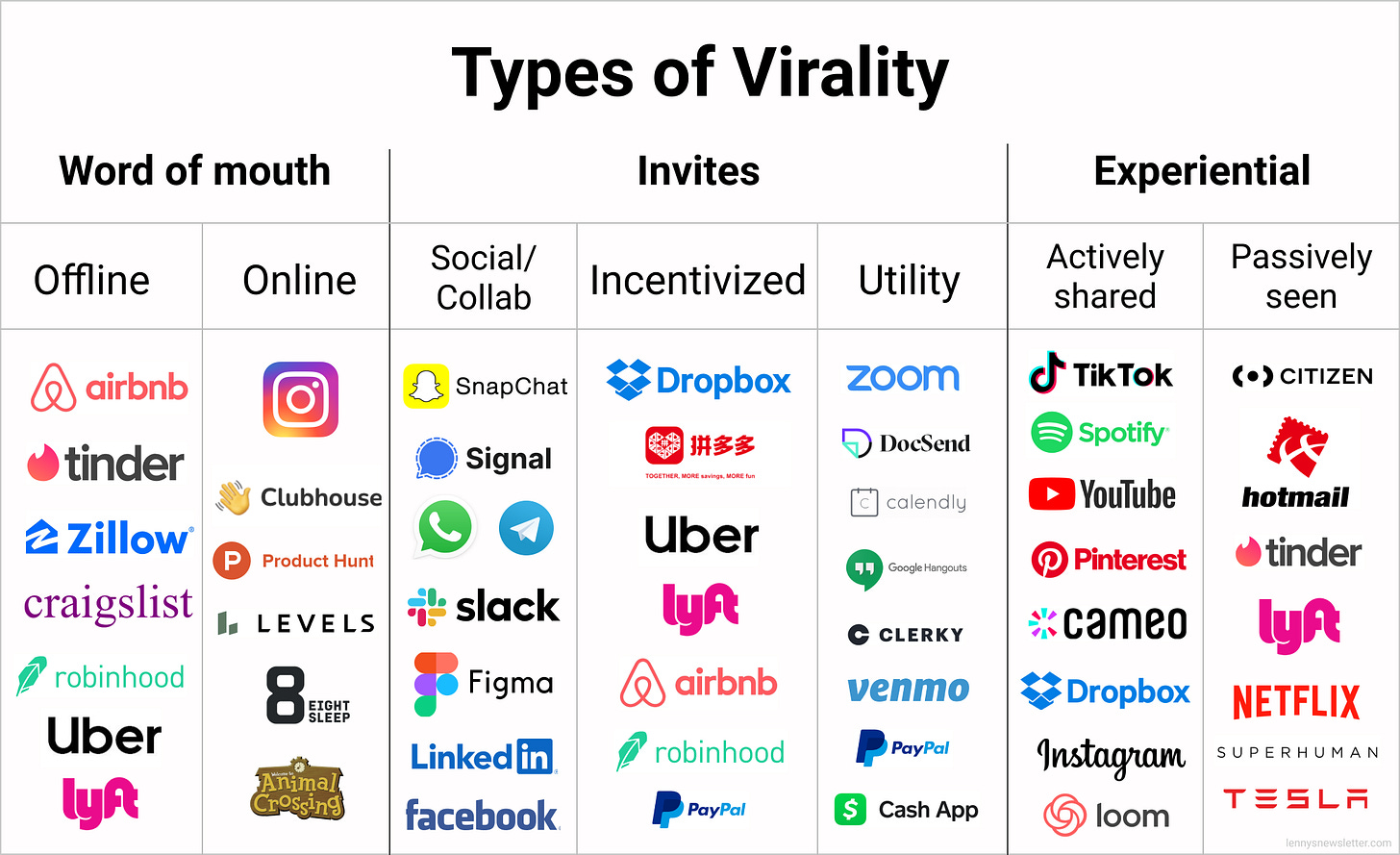




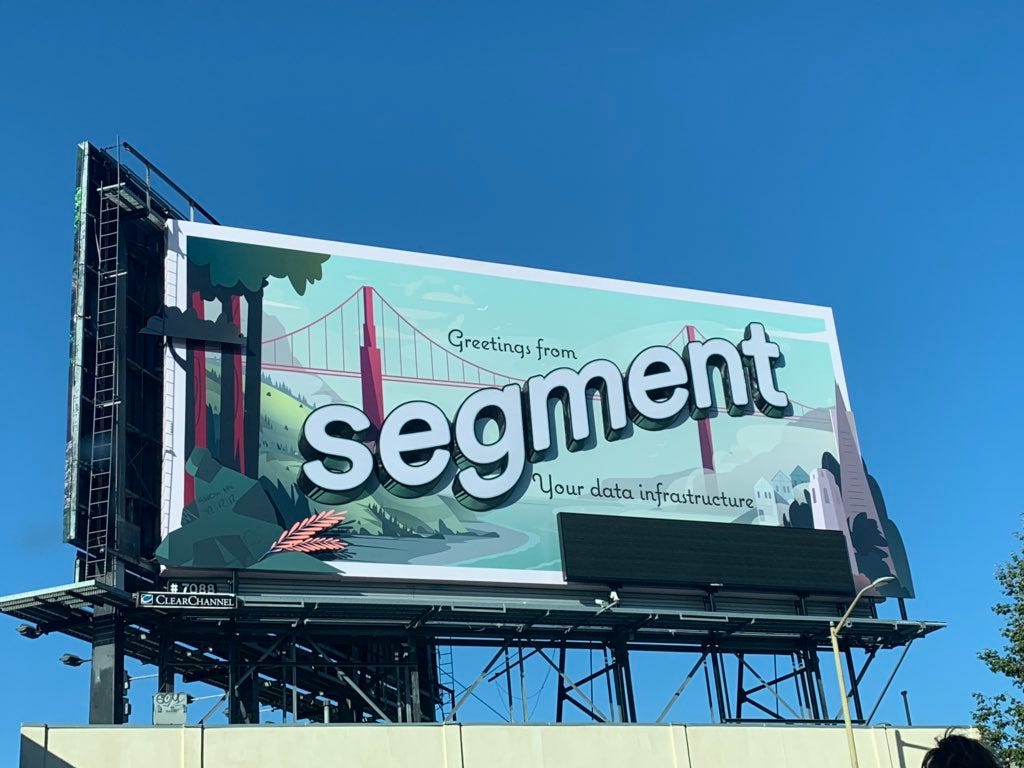


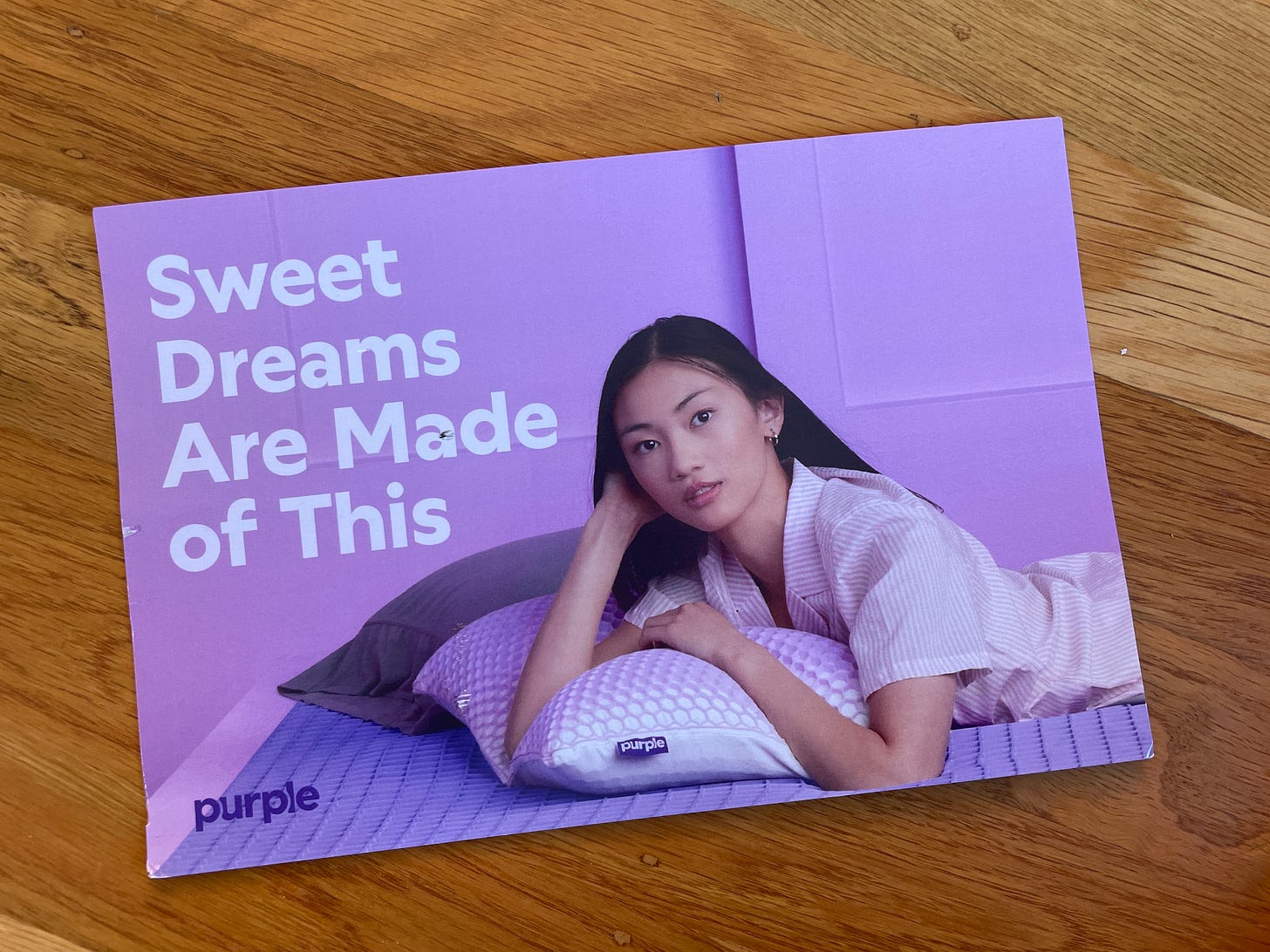
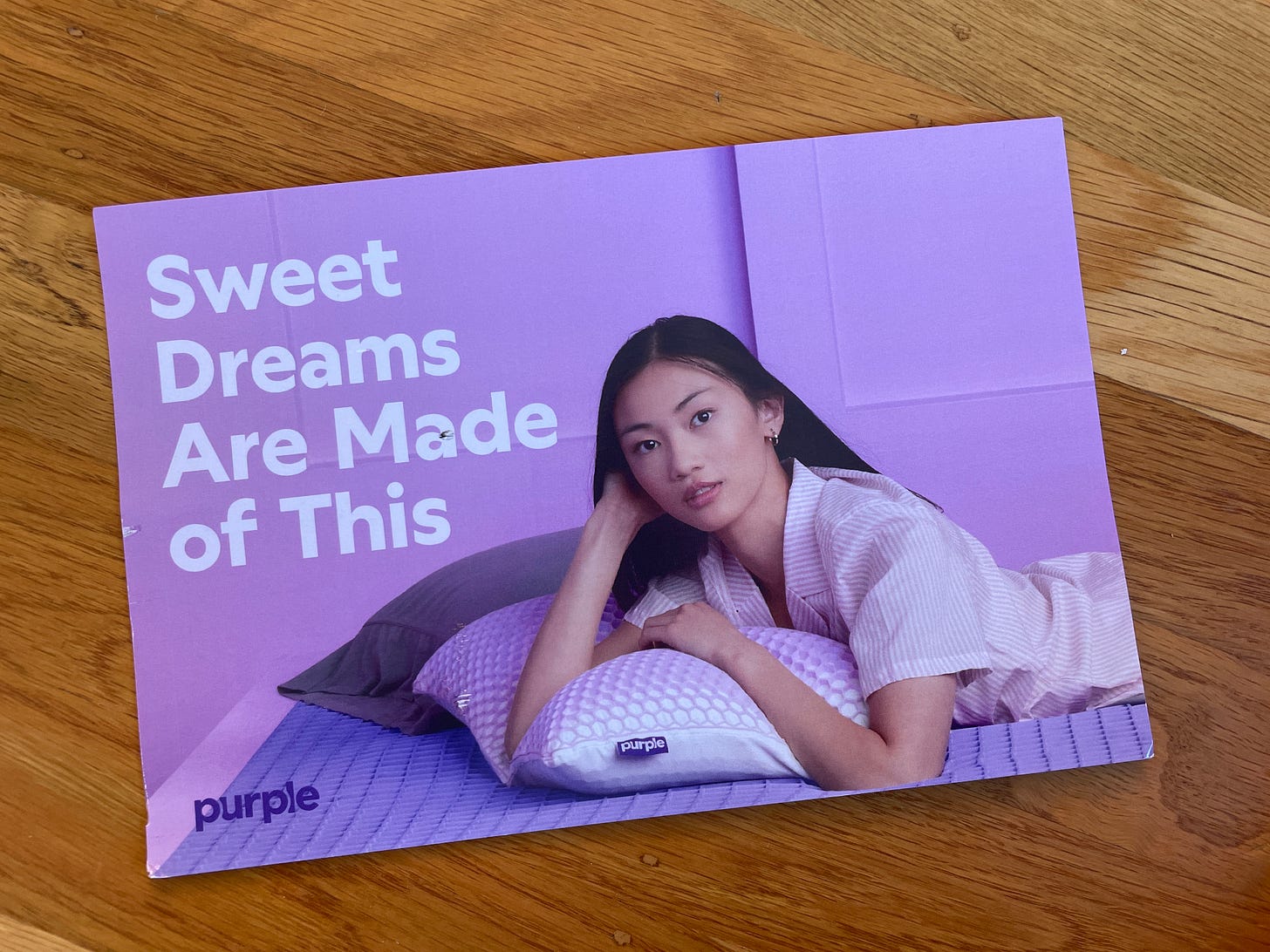

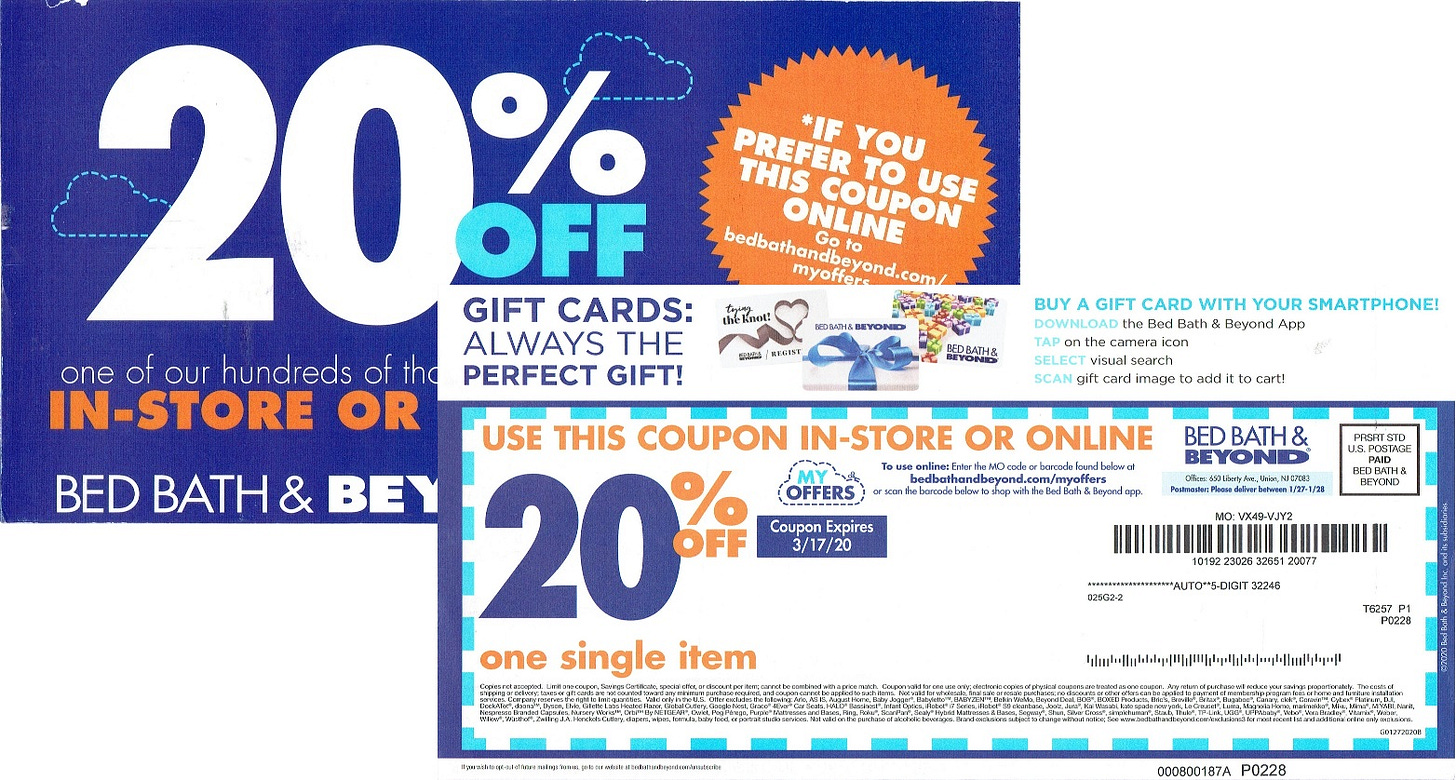
Great post, Lenny!
I wonder where would you place Godin's Purple Cow among these approaches. It is kind of similar to Way #2 but a bit different in that it is a very product-centric approach. wdyt?
For enterprise SaaS, apart from sales, any other channels or examples you could highlight?